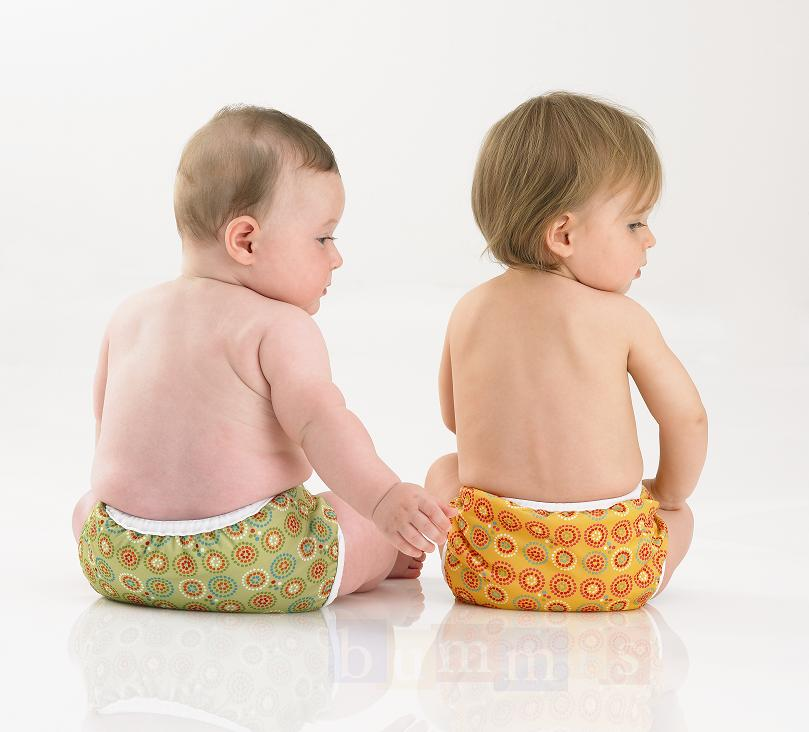Hard vs Soft water and washing routines
Posted on February 24, 2016
No one likes a stinky diaper, especially after it's been washed! Here are some washing tips to make sure you are getting the best cleaning:
1) Consider the type of washing machine you are using.
High efficiency machines are great for the environment, but terrible for washing diapers! There is just not enough water present to really soak those diapers well... and while we are obviously trying to minimize our impact on the environment, we end up using even more water when the diapers are not coming out clean and we end up doing multiple washes to "get that smell out" (many times unsuccessfully). Try adding a WET towel after your rinse cycle to increase the weight of your load and trick the machine into adding more water. And definitely do not skip on that extra rinse cycle to make sure all the detergent is rinsed clean.
2) Hard vs Soft water = very different problems!
The ammonia smell left behind after a wash can be either caused by too much detergent (detergent build up) or not enough detergent (dirty diaper). This is confusing to say the least, so a good rule of thumb is to think about the type of water you have where you live.
Hard water almost always requires MORE detergent... the ammonia smell is simply because your diapers are not getting cleaned enough.... try increasing the amount of detergent you are using.
On the other hand, the ammonia smell in places with soft water is often caused by too much detergent. Try a few rinse cycles with no detergent to see if bubbles form. If so, try a cycle with RLR to help remove the excess detergent, and start using 1/2 the amount of detergent you have been using up to this point.
In both cases, definitely throw in that wet towel too, the extra water helps to make sure all the detergent is rinsed out and the diapers get a good thorough cleaning.
You can adjust your detergent type as well: Rockin Green has a formula specific to areas with hard water (hard rock) and medium (classic) water. For those of you in Vancouver, you should not need more than 1/2 the amount of classic rock to keep those diapers clean, the water is very, very soft on the coast.
Aren't sure what your water type is? http://funkyfluff.ca/water-hardness-in-canada/
3) Washing load size
Once again, those high efficiency machines struggle when it comes to the weight of the load. You should never wash less than 8 diapers at a time... you just will not get enough water in the machine to give them a good cleaning (unless you would like to hand wash, but that's another story).
On the other hand, don't try to over stuff the machine either! Your hole stash of diapers will not get cleaned well when there is just not enough space in the machine! Finding that balance is key... which leads me to the next point:
4) Run washes regularly
The longer the diapers sit in the pail, the more they will stink. Seems obvious, doesn't it? But what is actually happening is that urine is breaking down into ammonia, which is a lot harder to get clean (especially from synthetic fabric which hold on smells like crazy!) Make sure to wash diapers every 2-3 days max to prevent this.
Any tips you have found work great getting your diapers clean? Share them with us in the comment section!









